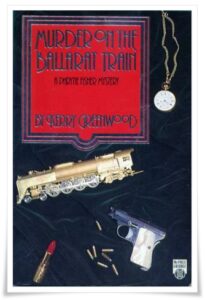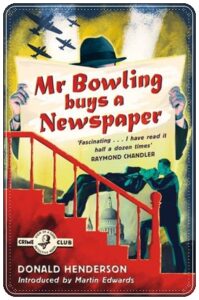Classroom Peanuts
by Charles M. Schulz (Holt, Rinehart, and Winston, 1982)

A 200-page large-format compendium, five black-and-white dailies or one colour Sunday per page. Peppermint Patty and Sally feature most often, and school is where Sally is at her funniest. Given how wearisome themed collections can be, this one holds up remarkably well.





![Book cover: “Mr. Pump’s Legacy” by Hergé; trans. Leslie Lonsdale-Cooper & Michael Turner (Methuen, 1987) [from Le Testament de Monsieur Pump, 1951]](https://www.derelictspacesheep.com/wp-content/uploads/2022/11/Herge_Mr-Pumps-Legacy-225x300.jpg)



